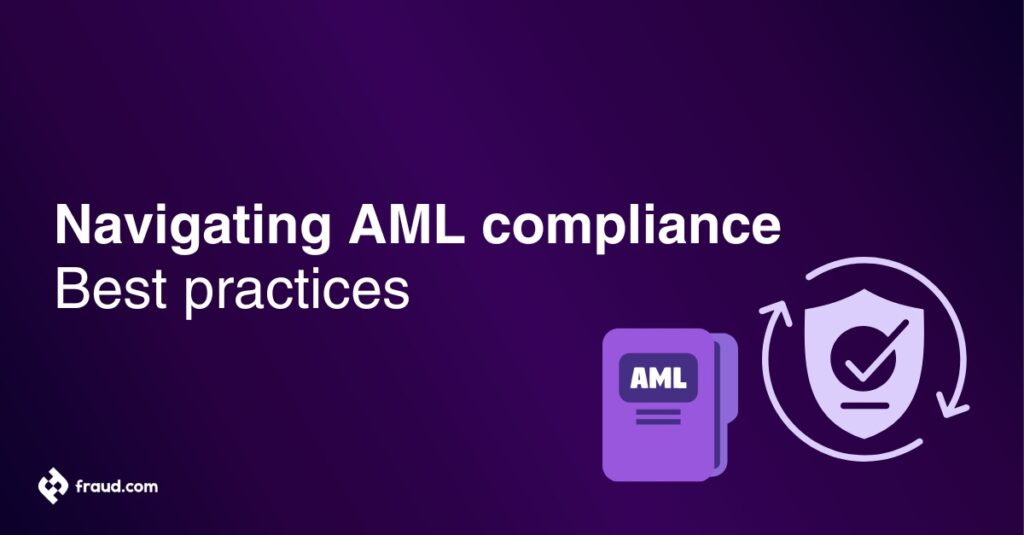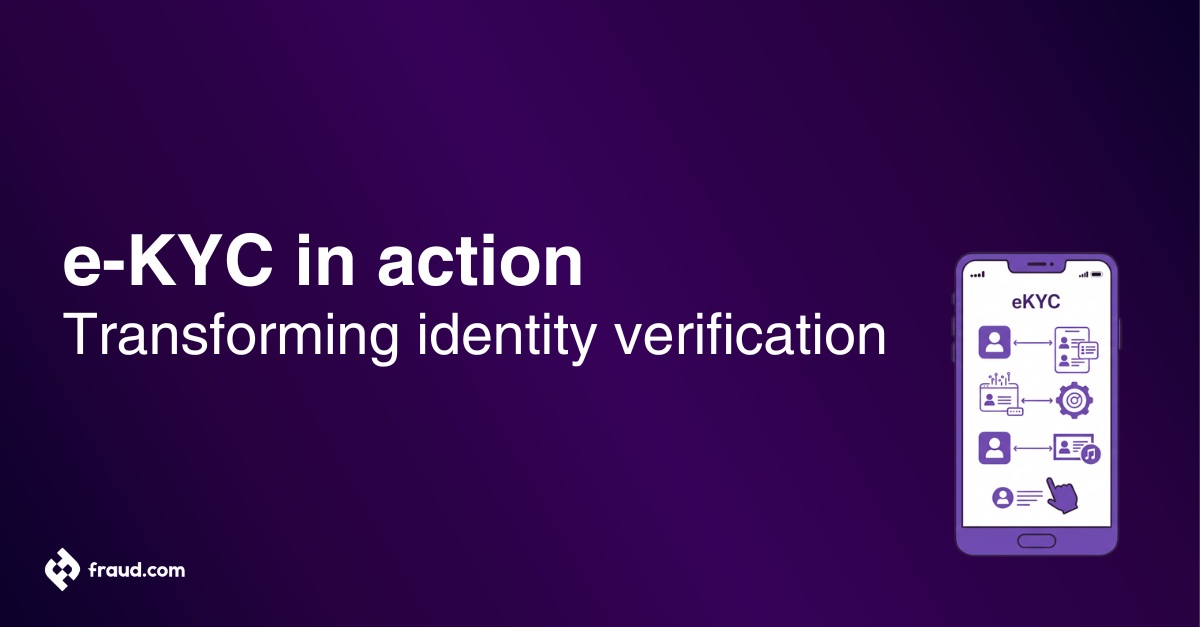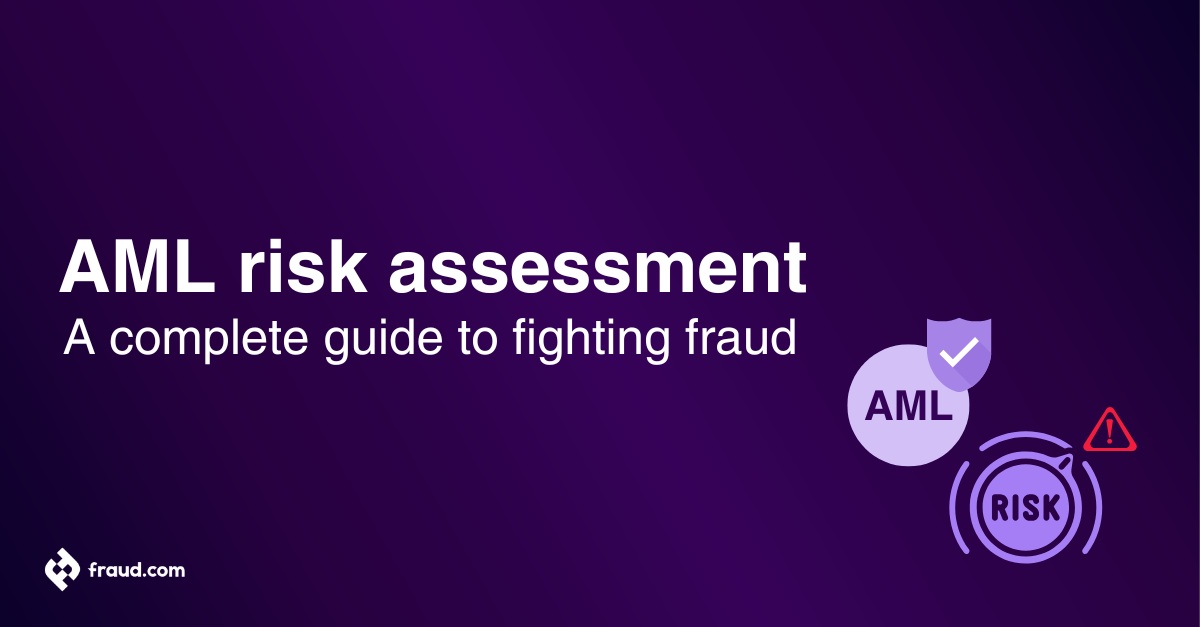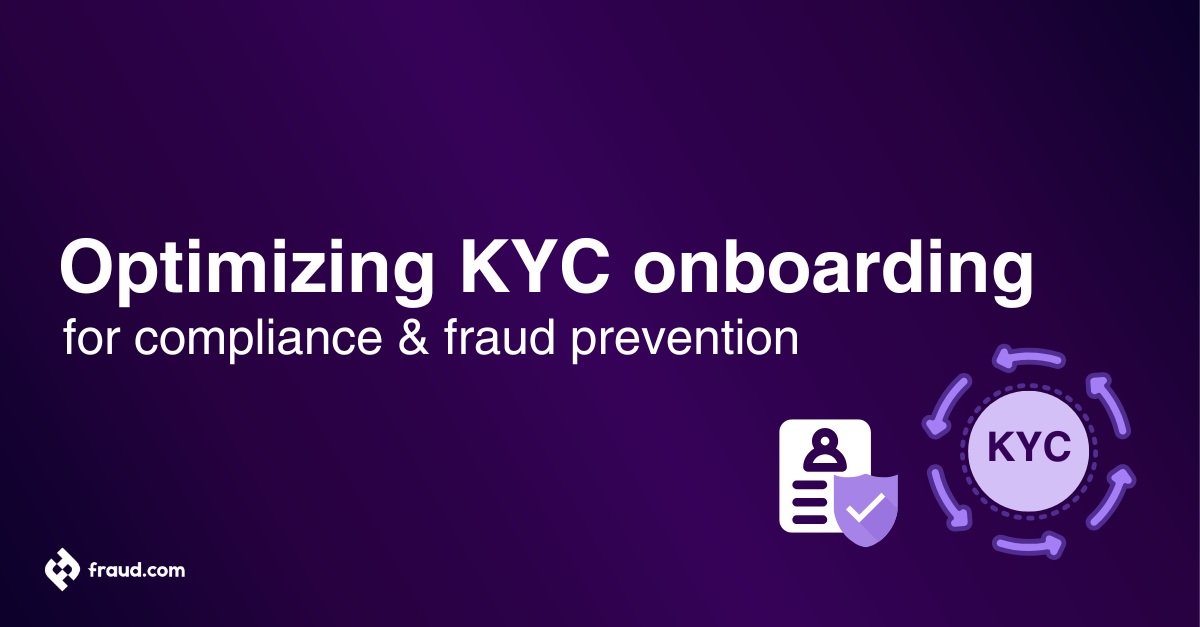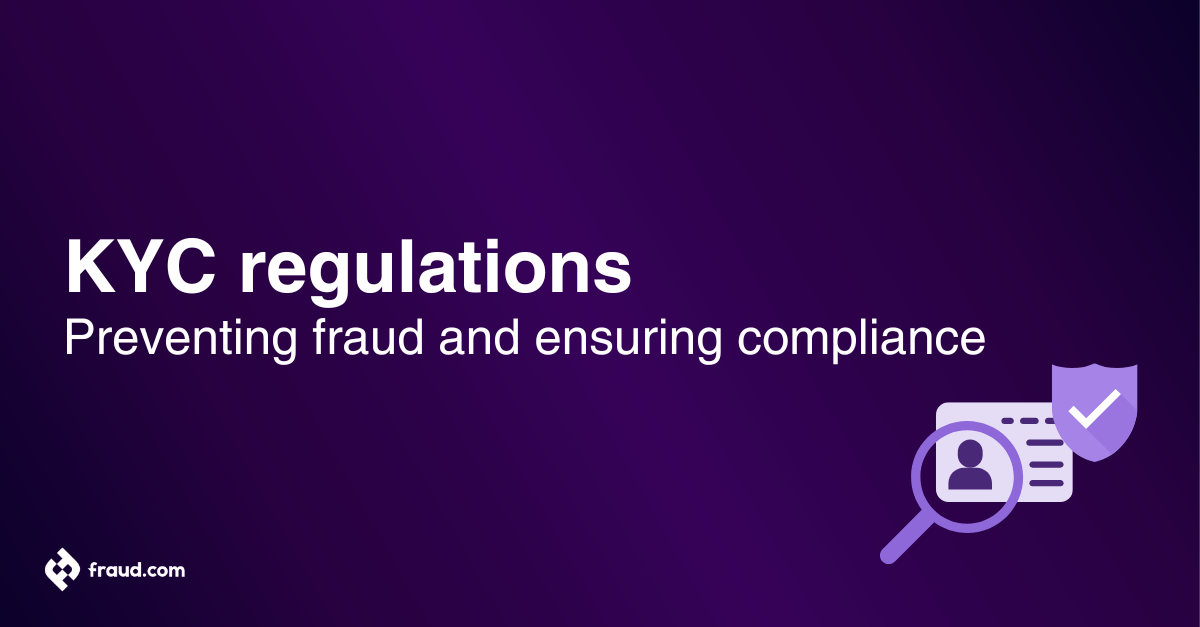In the current financial ecosystem, combating fraud while maintaining customer trust is not just a challenge, it’s a responsibility. As regulatory demands grow more intricate and enforcement intensifies, the importance of robust Anti-Money Laundering (AML) compliance has never been greater. This article unpacks the complexities of AML compliance, offering actionable insights and tailored best practices to help financial institutions navigate the evolving threat landscape.
By embracing cutting-edge strategies and harnessing the power of advanced technologies, institutions can transform Anti-Money Laundering compliance from a regulatory checkbox into a cornerstone of operational excellence. Dive in to discover why mastering AML compliance isn’t merely about meeting legal requirements, it’s about securing your institution’s future in an era defined by accountability and resilience.
Table of Contents
ToggleWhat is Anti-Money Laundering (AML)?
Anti-Money Laundering (AML) refers to the set of laws, regulations, and practices aimed at preventing criminals from disguising illicit funds as legitimate wealth. The primary objective of AML is to detect and disrupt financial activities that involve money laundering, the process of making illegally obtained funds appear legal, or financing terrorism.
AML encompasses a wide range of measures, including customer identification, transaction monitoring, and reporting of suspicious activities. These efforts safeguard financial institutions from criminal exploitation and ensure that funds circulating in the global economy remain legitimate and transparent. By adhering to AML practices, institutions contribute to global efforts to fight financial crime and maintain the integrity of the financial system.
What is AML Compliance?
Anti-Money Laundering (AML) compliance is the cornerstone of financial security, designed to prevent the infiltration of illicit funds generated through money laundering into the legitimate economy. It establishes a robust framework of policies, procedures, and practices to identify, deter, and report activities that could facilitate money laundering or terrorist financing.
At its core, AML compliance champions transparency, accountability, and proactive risk management. Banks and financial entities are required to establish thorough programs incorporating customer due diligence (CDD), ongoing transaction monitoring, and the reporting of any suspicious activities. These measures align with international standards and local regulations, fostering global cooperation in combating financial crime.
A key component of AML compliance is the Know Your Customer (KYC) process, which verifies client identities to disrupt the anonymity that money launderers often exploit. Beyond initial verification, ongoing monitoring enables institutions to detect and address evolving risks in customer behavior and transaction patterns.
Adhering to AML compliance not only mitigates the risks of financial loss, reputational damage, and regulatory penalties but also reinforces institutional integrity. As regulatory authorities intensify their scrutiny, financial entities must continuously refine their AML strategies to stay ahead of emerging threats. In today’s interconnected world, a strong AML framework is more than a legal obligation, it’s a vital defense against money laundering and a commitment to global financial ethics.
How AML compliance works
AML compliance, often referred to as BSA AML compliance (Bank Secrecy Act and Anti-Money Laundering compliance), serves as a comprehensive, multi-layered defense strategy embedded within the core operations of financial institutions. Its goal is to prevent, detect, and report illicit financial activities such as money laundering and terrorist financing.
The Bank Secrecy Act (BSA) is central to these efforts, and its requirements are enforced by the Financial Crimes Enforcement Network (FinCEN), which plays a critical role in regulating and overseeing AML compliance. Here’s a breakdown of how AML compliance functions in practice:
Risk assessment and management: The foundation of AML compliance begins with a thorough risk assessment to identify vulnerabilities and assess potential exposure to financial crimes. This process helps financial institutions meet the due diligence requirements set forth by regulators. By identifying high-risk areas, institutions can tailor their required AML compliance program to effectively prioritize efforts and allocate resources where they are most needed. This approach mitigates potential threats and ensures that institutions stay aligned with the evolving legal landscape.
Customer Due Diligence (CDD) and Know Your Customer (KYC): Central to AML compliance are the principles of Customer Due Diligence (CDD) and Know Your Customer (KYC). Through CDD, institutions gather and verify information to assess their clients’ risk profile, including legal entity customers. These procedures ensure that institutions verify the identity of clients and understand their financial activities. Institutions also need to adhere to the Customer Identification Program (CIP), which is part of the KYC process.
CIP requires financial institutions to collect specific information to verify the identity of customers opening accounts, which is a key step in preventing suspicious or high-risk entities from accessing the financial system. By adhering to these practices, institutions can safeguard their customer relationships and ensure that only legitimate customers can engage with financial services.
Ongoing monitoring: AML compliance is an ongoing process, requiring continuous monitoring of customer transactions and behavior. Advanced transaction monitoring systems track account activity in real time, flagging unusual patterns or activities that may suggest illicit behavior. These systems report suspicious transactions and give institutions a rapid means of detecting financial crimes. By staying vigilant and proactive, institutions can quickly identify and respond to potential risks, keeping pace with emerging threats and maintaining regulatory compliance.
Transaction monitoring systems: Financial institutions deploy automated transaction monitoring tools to scrutinize transactions in real time, using predefined criteria and thresholds to detect suspicious activities. These systems significantly reduce the manual oversight burden while improving the accuracy and efficiency of detecting fraudulent or illegal actions. By automating much of the detection process, financial institutions can ensure timely and accurate reporting of suspicious transactions to regulatory bodies, such as FinCEN and the Department of the Treasury, which play a critical role in overseeing financial compliance.
Reporting mechanisms: When suspicious activity is identified, institutions must report suspicious transactions promptly to regulatory authorities through Suspicious Activity Reports (SARs). These reports serve as a vital tool in the fight against financial crime, enabling regulators, including law enforcement, to track potential threats and take necessary action. Timely and accurate reporting is critical in maintaining the integrity of the financial system and ensuring swift responses to emerging risks. The senior manager overseeing AML compliance is responsible for ensuring that these reports are filed in accordance with BSA and FinCEN regulations.
Regular training and awareness: To maintain effective AML compliance, institutions invest in continuous employee training and awareness programs. These initiatives equip staff with up-to-date knowledge of AML processes, emerging risks, and evolving regulatory requirements.. Training also includes addressing frequently asked questions about AML practices and how to identify suspicious activity. A well-trained workforce is essential for understanding complex regulations, implementing AML measures effectively, and mitigating financial crime risks.
Compliance audits and reviews: Regular audits and reviews are integral to ensuring the ongoing effectiveness of AML compliance programs. These assessments help identify any weaknesses or areas for improvement in the systems and procedures in place. By conducting periodic compliance reviews, institutions can adapt to changing regulations and refine their compliance frameworks to address new challenges. Senior managers typically oversee compliance audits to ensure alignment with BSA, FinCEN, and other regulatory standards.
Collaboration and information sharing: Collaboration among financial institutions, regulators, and international bodies plays a key role in strengthening AML efforts. Global cooperation and information sharing allow institutions to respond to cross-border financial crimes more effectively. By working together, institutions can create a more unified approach to combating illicit financial activities and improve the overall security of the global financial system. This shared responsibility fosters a transparent financial environment, making it harder for criminal organizations to exploit weaknesses in the system.
Integrating these critical components into their BSA AML compliance strategy allows financial institutions to meet legal entity customers’ due diligence requirements and protect themselves from criminal exploitation. Adhering to the Customer Identification Program (CIP) ensures that institutions verify the identity of their clients, while working with FinCEN and other regulators helps maintain robust oversight. This comprehensive approach, supported by senior managers, advanced monitoring systems, and regular training, ensures that institutions fulfill legal obligations while safeguarding their operations and customer relationships in a secure financial environment.
What is an AML compliance program?
An AML compliance program is the structured framework that financial institutions and other regulated entities implement to fulfill their anti-money laundering obligations. The operational backbone of AML compliance, integrating policies, procedures, and technologies to identify and mitigate risks associated with money laundering and related financial crimes.
How to build an effective AML compliance program
Creating an AML compliance program is a critical step for financial institutions aiming to protect themselves against money laundering and financial crime. This structured framework ensures compliance with regulations while promoting ethical operations and mitigating risks. Here’s how to build an effective AML compliance program:
- Conduct a risk assessment: Begin by identifying potential vulnerabilities unique to your institution. Consider factors such as customer profiles, transaction types, and geographic locations. A thorough risk assessment helps tailor your program to address specific threats.
- Develop clear policies and procedures: Establish comprehensive policies that outline your institution’s approach to detecting, preventing, and reporting money laundering activities. Ensure these procedures align with both international standards and local regulations.
- Implement Customer Due Diligence (CDD): Incorporate robust Know Your Customer (KYC) processes to verify customer identities and assess risk levels. For higher-risk clients, apply Enhanced Due Diligence (EDD) to conduct deeper investigations.
- Set up monitoring and reporting systems: Utilize advanced technologies to continuously monitor transactions for unusual or suspicious patterns. When necessary, file Suspicious Activity Reports (SARs) with the appropriate regulatory authorities.
- Establish strong governance: Appoint a compliance officer to oversee the program and ensure accountability. Maintain clear internal controls, conduct regular audits, and update procedures to address emerging threats.
- Invest in staff training: Provide employees with regular training on money laundering risks, regulatory requirements, and detection techniques. Knowledgeable staff are a vital line of defense against financial crime.
- Engage in regular independent reviews: Conduct external audits to evaluate the effectiveness of your program and identify areas for improvement. Independent testing ensures your compliance measures remain robust and aligned with evolving regulations.
By building a comprehensive AML compliance program, financial institutions can safeguard their operations, uphold regulatory standards, and contribute to the integrity of the global financial system. Proactive measures not only mitigate risks but also position institutions as responsible and trustworthy participants in the financial landscape.
Why is AML compliance important
Anti-Money Laundering (AML) compliance is crucial for financial institutions for several compelling reasons:
- Safeguarding reputation: Adhering to AML regulations protects institutions from being inadvertently linked to illegal activities. In an industry where trust is the cornerstone of success, maintaining a clean reputation is essential to long-term growth and customer loyalty.
- Reducing legal and financial risks: By complying with AML laws, institutions significantly reduce the risk of hefty fines and legal repercussions. This not only saves valuable resources but also strengthens an organization’s ability to navigate potential challenges while reinforcing its overall resilience.
- Avoiding fraud and criminal activity: AML compliance is a key defense against fraud and other financial crimes, helping institutions detect and prevent fraudulent transactions before they cause harm. This proactive approach minimizes the risk of financial loss and reputational damage while ensuring that institutions operate within legal boundaries.
- Enhancing global financial stability: AML compliance plays a pivotal role in preventing illicit funds from infiltrating the legitimate financial system. This contributes to a more transparent, secure, and stable global financial landscape, which benefits economies worldwide.
- Promoting integrity and accountability: A strong commitment to AML compliance fosters a culture of ethical behavior and accountability within financial institutions. This, in turn, enhances stakeholder trust, creating a positive feedback loop that strengthens the organization’s credibility.
- Adapting to emerging threats: In an ever-evolving financial landscape, compliance ensures that institutions remain proactive in identifying and addressing new threats. By leveraging advanced technologies and innovative risk management strategies, institutions can stay one step ahead of criminals.
- Supporting economic growth: AML compliance curtails financial crime, helping create a stable environment where legitimate economic activities and investments can thrive. A secure financial system encourages growth and prosperity, benefiting both businesses and consumers.
In essence, AML compliance is not merely a regulatory obligation, it is a fundamental aspect of ensuring security, avoiding fraud, fostering trust, and building a resilient financial ecosystem that supports both institutional success and broader economic well-being.
AML reports and systems for compliance and fraud detection efficiency
To effectively combat money laundering and fraud, financial institutions must implement robust reporting systems and cutting-edge technological solutions. These tools streamline compliance and empower organizations to detect and address fraudulent activities with precision and speed. By orchestrating these capabilities under one platform, institutions can seamlessly generate diverse reports and integrate various systems. Here’s how they drive operational efficiency:
- Automated transaction monitoring systems: These systems flag suspicious activities by analyzing transactions in real time. By identifying signs of both money laundering and fraud simultaneously, institutions can quickly meet reporting obligations while strengthening their fraud prevention efforts.
- Suspicious Activity Reports (SARs): Advanced reporting systems simplify the creation and submission of SARs, capturing detailed information on both money laundering and fraudulent schemes. Institutions can file reports accurately and on time, ensuring regulatory compliance and providing insights that inform counter-fraud strategies.
- Data analytics for risk and fraud detection: Data analytics enable financial institutions to uncover patterns and anomalies that indicate potential financial crimes. Predictive models and machine learning enhance risk and fraud detection, reducing false positives and optimizing resource allocation for more effective operations.
- Centralized compliance and fraud detection platforms: Orchestrated systems allow seamless communication and data sharing across departments, promoting a unified approach to compliance and fraud detection. By centralizing processes under one platform, institutions reduce redundancies, improve response times, and strengthen overall threat management.
- Customizable reporting dashboards: Tailored dashboards give compliance and fraud teams real-time overviews of critical metrics. These dashboards enable institutions to monitor activities in real time and make strategic decisions that help combat money laundering and fraud.
- Regular system updates and audits: Institutions perform routine system updates and audits to ensure reporting and detection systems remain effective in addressing evolving threats. Staying current with regulatory changes and technological advancements helps institutions adapt and respond to emerging risks.
By integrating advanced AML and fraud reporting systems into a centralized, orchestrated platform, financial institutions improve operational efficiency, mitigate regulatory risks, and enhance their defenses against financial crimes. This comprehensive approach fosters a more resilient compliance framework, helping institutions navigate the complexities of today’s financial landscape.
Challenges of AML compliance
Banks and financial entities encounter various obstacles in executing and sustaining anti-money laundering compliance. These challenges often require considerable resources and ongoing adaptation to evolving threats. The following are the most common hurdles:
- Complex regulatory landscape: The global and ever-changing nature of AML regulations requires institutions to stay updated on a wide range of legal requirements across different jurisdictions, making compliance a constant challenge.
- Resource-intensive processes: Establishing and maintaining an effective AML framework demands significant investment in technology, personnel, and training, often straining smaller institutions with limited resources.
- False positives in detection: Automated AML systems may generate high false-positive rates, leading to unnecessary investigations, wasted resources, and increased operational burdens. Balancing sensitivity and specificity in detection systems remains an ongoing challenge.
- Data management difficulties: AML compliance relies on processing vast volumes of data, which can create challenges in terms of storage, security, and analysis. Maintaining data privacy and integrity while handling large datasets is crucial.
- Adapting to emerging threats: Criminals continuously evolve their tactics to bypass AML measures, requiring institutions to regularly update their strategies and technologies in order to stay ahead.
Benefits of AML Compliance
While there are several challenges to AML compliance, the benefits far outweigh the obstacles. By implementing strong AML programs, financial institutions can not only meet regulatory requirements but also enjoy improved operational efficiency, fraud prevention, and long-term financial stability. Here are the key benefits:
- Enhanced reputation and trust: AML compliance helps institutions navigate the complex regulatory landscape by ensuring adherence to global regulations. Demonstrating a commitment to ethical practices and financial integrity fosters trust among customers and stakeholders, strengthening the institution’s reputation.
- Regulatory risk mitigation: Adhering to AML regulations mitigates the resource-intensive processes by streamlining efforts to meet legal obligations. This reduces the risk of costly fines and penalties, ensuring the institution avoids potential disruptions to its operations and financial stability.
- Improved fraud detection: By integrating fraud detection mechanisms into AML systems, institutions can reduce false positives in detection. This dual-defense strategy enhances the ability to identify and prevent both money laundering and fraud, improving detection accuracy and operational efficiency.
- Operational efficiency: The adoption of advanced AML technologies automates routine tasks like transaction monitoring and reporting, helping solve data management difficulties. Automation improves data processing, reduces manual errors, and enables compliance teams to focus on strategic risk management rather than routine tasks.
- Long-term economic stability: AML compliance contributes to a stable financial environment by curbing money laundering, which directly addresses the challenge of adapting to emerging threats. As institutions implement updated strategies and technologies, they help ensure the broader economy remains secure, fostering growth and stability.
AML compliance with fraud.com
At fraud.com, we equip financial institutions with comprehensive AML compliance tools to effectively combat financial crimes and fraud. Udentify, aiReflex, and fcase work together to strengthen your defenses and ensure compliance.
Udentify: This advanced identity verification platform streamlines Customer Due Diligence (CDD) and Know Your Customer (KYC) processes. Udentify verifies and authenticates identities, helping institutions build trusted relationships while preventing high-risk entities from entering the financial system.
aiReflex: aiReflex offers real-time transaction monitoring, using advanced analytics and machine learning to detect suspicious patterns and anomalies. It minimizes false positives, enabling institutions to respond quickly and stay ahead of financial crimes and compliance requirements.
fcase: fcase orchestrates compliance operations by automating case management and reporting processes. It integrates workflows for report generation such as Suspicious Activity Reports (SARs), ensuring efficient decision-making and timely reporting for effective risk management.
Together, these solutions create a unified strategy for AML compliance, ensuring financial integrity, operational resilience, and customer protection in a dynamic financial environment.
AML compliance FAQ
| Question | Answer |
|---|---|
| What is AML compliance? | AML compliance refers to a set of policies, procedures, and systems designed to prevent money laundering and terrorist financing while adhering to regulatory standards. |
| Why is AML compliance important? | It safeguards financial institutions from reputational damage, legal penalties, and financial loss while promoting global financial stability and ethical practices. |
| What does an AML compliance program include? | It incorporates risk assessment, customer due diligence (CDD), Know Your Customer (KYC), transaction monitoring, reporting suspicious activity, and staff training. |
| What is KYC, and why is it essential? | Know Your Customer (KYC) is a process to verify customer identities, assess risk profiles, and ensure that only legitimate individuals or entities access financial services. |
| How does transaction monitoring work? | Automated systems analyze account activities in real-time, flagging unusual patterns or behaviors indicative of potential money laundering or other illicit actions. |
| Who enforces AML compliance? | Regulatory bodies like FinCEN (Financial Crimes Enforcement Network) in the US oversee AML compliance, along with local authorities in different jurisdictions. |
| What happens if institutions fail to comply? | Non-compliance can result in significant fines, reputational damage, legal action, and in severe cases, loss of operating licenses. |
| What is a Suspicious Activity Report (SAR)? | An SAR is a formal document submitted to regulators when a financial institution identifies potentially illicit activity, enabling authorities to investigate further. |
| Why is employee training critical for AML? | Training ensures employees understand regulations, recognize suspicious activity, and effectively implement AML processes, reducing institutional vulnerability. |
| How can technology enhance AML compliance? | Advanced tools, such as AI-driven monitoring systems, improve detection accuracy, automate reporting, and enable institutions to address risks efficiently. |

